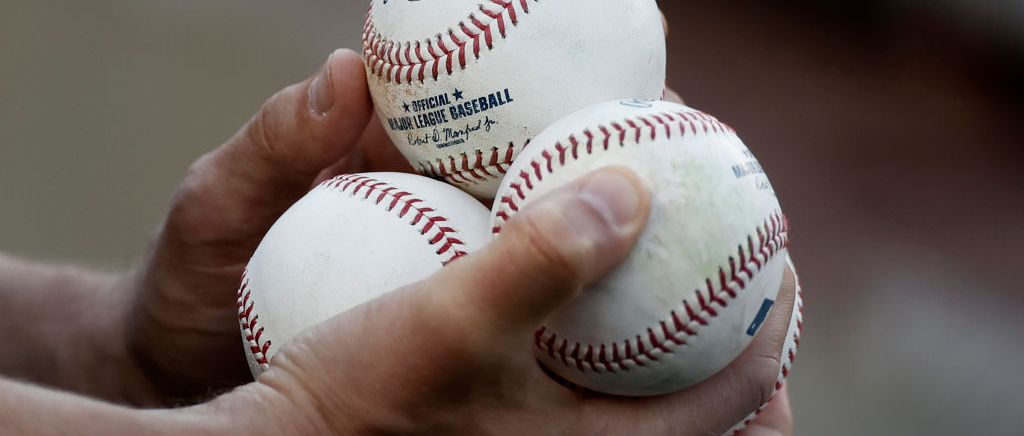
Major League Baseball has been looking into a number of potential rule changes in recent years, experimenting with changes to its extra innings format and using the minor leagues to test out a bunch of things from pitch clocks to automated strike-ball calling systems.
Now, it appears the big leagues will be implementing a few new things for 2023 that will bring some significant changes to the field, with pitch clocks, bigger bases, and, maybe most impactfully, a ban on defensive shifts coming next season.
Breaking: MLB’s competition committee has voted to implement a pitch clock, larger bases and ban defensive shifts starting in 2023, sources tell @JeffPassan.
15-second clock with bases empty, 20 with runners on; and two fielders on each side of 2B bag, both feet on the dirt. pic.twitter.com/uPSZ9GbZ8j
— ESPN (@espn) September 9, 2022
The bigger bases is a safety change that will likely be well received by all. It will create fewer collisions or opportunities for players to step on one another and potentially hurt themselves or their opponents, which is objectively a good thing. The other two changes are far more debatable on their merits and whether they will have a positive or negative impact on the game.
The pitch clock has been in use in the minor leagues for some time, as an effort to speed up games and keep pitchers from taking too long between pitches and slowing the pace down to a crawl. There are some who think the clock succeeds in keeping a better pace and doesn’t require too much of a change for pitchers beyond simply being a bit quicker in their routine. Others will say enforcement of the clock is often uneven and the only thing it does is put another thing in the back of the pitchers mind to worry about. In any case, it’s coming to the majors and we’ll see how pitchers handle the new forced speed of the game.
The most controversial of them all is the shift ban. This is one that the old school crowd will celebrate, as anyone who has watched an MLB broadcast can attest as older analysts often rail against the shift. Defenses will no longer be allowed to put a third defender on the other side of second base (i.e., the shortstop moving to the first base side or the second baseman moving to the third base side) and all four infielders must keep both feet on the infield dirt. Given the prevalence of the shift in baseball recently, this will have a major impact on offenses and defenses alike. Some teams are extremely shift heavy, doing so on nearly every batter, and they will have to make significant changes to strategy. For batters who get shifted on constantly, it’s a huge boost for their likelihood of raising their average, which is great for them.
Many will point out that this change mostly just gives in to the offense and for a league obsessed with speeding up the game, taking away defensive shifts which produce more outs will only lengthen contests. That said, they also want to make things more exciting and, theoretically, more hits would do that. Still, there’s some frustration that this rewards one-dimensional hitters, as those who are able to hit to all fields are rewarded by a defense having to play them straight while a pull-only hitter faces shifts because they can’t make that adjustment. This debate won’t end anytime soon, but those pull hitters are going to likely enjoy some real bumps in production next year when they no longer face the shift and have far more open space to pull the ball into.
